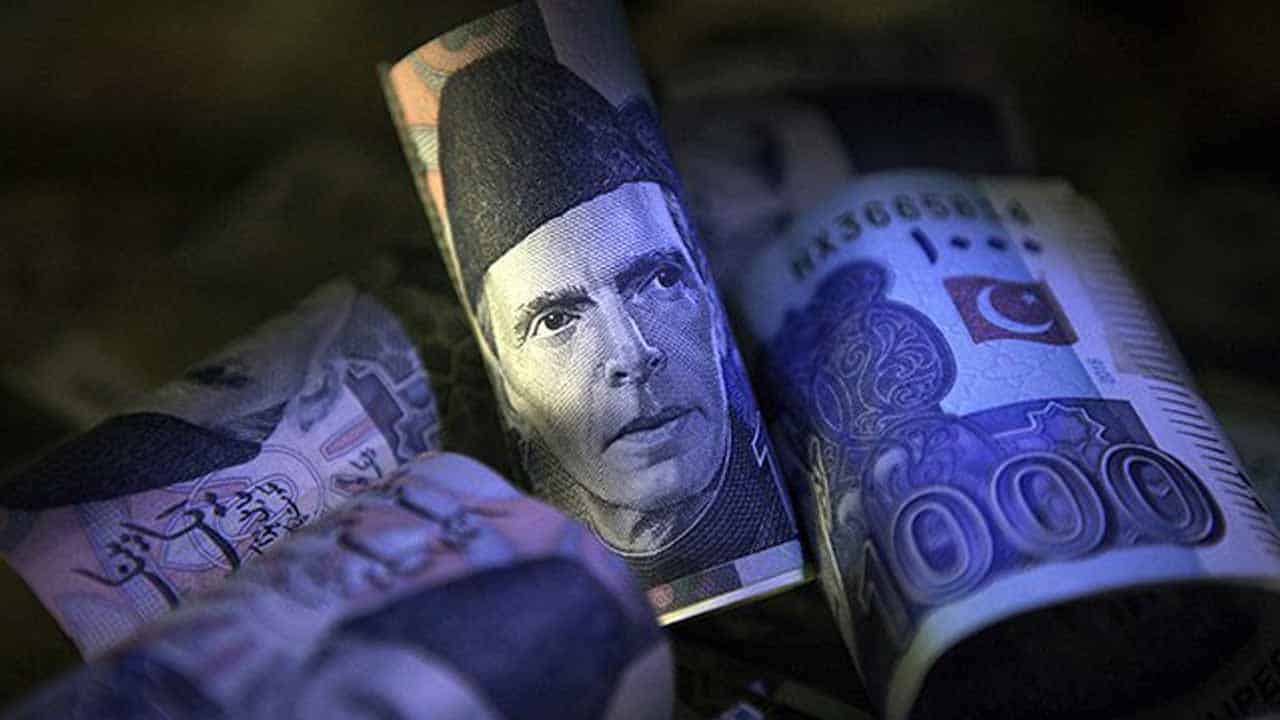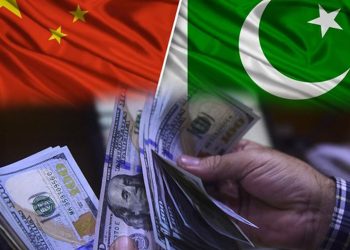For at least the last five working days, the International Monetary Fund (IMF) structural criterion for keeping the spread between interbank and open market rates for the US dollar against the Pakistani rupee within the band range of 1.25% had been broken.
The discrepancy has ranged between 2% and 4% over the last five days, and the global lender may raise this problem with the caretaker administration in future negotiations, which are scheduled to take place at the end of October or early November this year.
Despite the exchange rate decline, the State Bank of Pakistan (SBP) has been unable to manage the difference in exchange rates within the desired level of 1.25%.
The clearing of stalled cargo at ports, the payment of dividends, and the easing of other limitations have put more pressure on the currency.
Second, the IMF situation has resulted in dollarisation because the interbank market has been following the open market, so everyone is aware that investing in the dollar will boost rewards.
This scribe asked the SBP two days ago if the agreed benchmark with the IMF had been exceeded in the last five working days, as the gap between the interbank and open market varied around 4%. What is the SBP’s opinion, and how have you ensured monitoring and reporting to the IMF on a weekly basis?
The SBP’s representative responded on Wednesday, saying, “We have no comment to offer.”
The IMF prescribed a weekly spread of no more than 1.25% in five consecutive business days under the Standby Arrangement (SBA).
The local currency continues to fall in the interbank market, with the rupee trading around Rs295 in the interbank market and about Rs305 in the open market, representing a 3.4% differential. The rupee fell by 22.32% versus the US dollar between January 1, 2023 and August 15, 2023.
Independent economists were concerned that bouts of currency rate depreciation would be unavoidable during the gradual restoration to a market-based exchange rate.
While the rupee appreciated on the IMF’s SBA, this was due to a mixture of increased market confidence and a depreciation of the US currency. Because the rupee’s devaluation has been driven by a deterioration in economic fundamentals since FY23, the effect of greater market confidence has been only transitory, and the rupee-dollar exchange rate has returned to pre-SBA levels.
The recent depreciation could be attributed to the return to a market-determined exchange rate and the SBP’s commitment to no formal or informal intervention in foreign exchange markets, with the overarching goal of increasing reserves to at least $6.4 billion 1 month of import cover by the end of December 2023 and reducing the SBP’s net forward/swap position to less than $4 billion.
Foreign exchange sales should not be used to prevent the rupee from falling in value due to economic fundamentals.
The policy rate was raised to 22% on June 26th, 2023, and will be modified further until inflation and inflation expectations are clearly on the decline. The real policy rate (i.e., the policy rate adjusted for inflation) could be raised to a positive level.
Foreign exchange sales should not be used to prevent the rupee from falling in value due to economic fundamentals.
The policy rate was raised to 22% on June 26th, 2023, and will be modified further until inflation and inflation expectations are clearly on the decline. The real policy rate (i.e., the policy rate adjusted for inflation) could be raised to a positive level.






